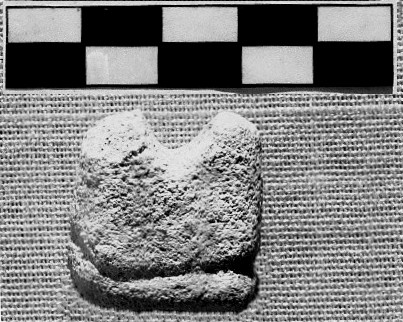Possible 1,300-Year-Old Chess Piece from Jordan Identified
The oldest piece of chess ever discovered was a carved rock found in 1991 by a Canadian scientist and archeologist.
In an abstract published in October, the University of Victoria professor John Oleson announced that a piece of carved sandstone that was found in southern Jordan at Humayma may be an ancient rook — a castle-shaped piece in the game.
The roughly 1,300-year-old stone is squat and rectangular, with “horn-like projections”.


Although Oleson mentions it does resemble other artifacts, such as a Nabataean butyl, which is an altar made out of a block of stone to evoke the gods of the ancient Arab nation, when he compared the rock carving to other early chess pieces, the parallels were “far more convincing.”
According to Oleson, the object has the same abstract shape that other early Islamic chess pieces had.
References to chess-playing can be found in Islamic texts as early as the seventh century AD, Oleson said, and the game was “very popular.”
The piece Oleson found is “nearly identical” to abstract rook pieces dating from later centuries that were found near or in Jordan.
“Since the Humayma object was found in a seventh-century context, if the identification as a chess piece is correct, it would be the earliest known physical example for the simplified, abstract design,” said Oleson, “and possibly the earliest known example of a chess piece altogether.”
The history of chess dates back around 1,500 years and is thought to have originated in India, although the names and rules have changed several times over the centuries.
Oleson theorized that the spread of chess occurred westward from India along merchant and diplomat routes and that it is “no surprise that early evidence for it should be found at a site on the busy Via Nova Traiana,” which is a Roman road that served as an important trading route.
A significant chunk of Oleson’s work has taken place in or around the Humayma site.
Between 1991 and 2000, he and his team excavated the settlement center over the course of seven field sessions.
In the process, they excavated two farmhouses, a Roman fort, four Byzantine churches, and “a Nabataean campground and three Nabataean and Late Roman houses.”





